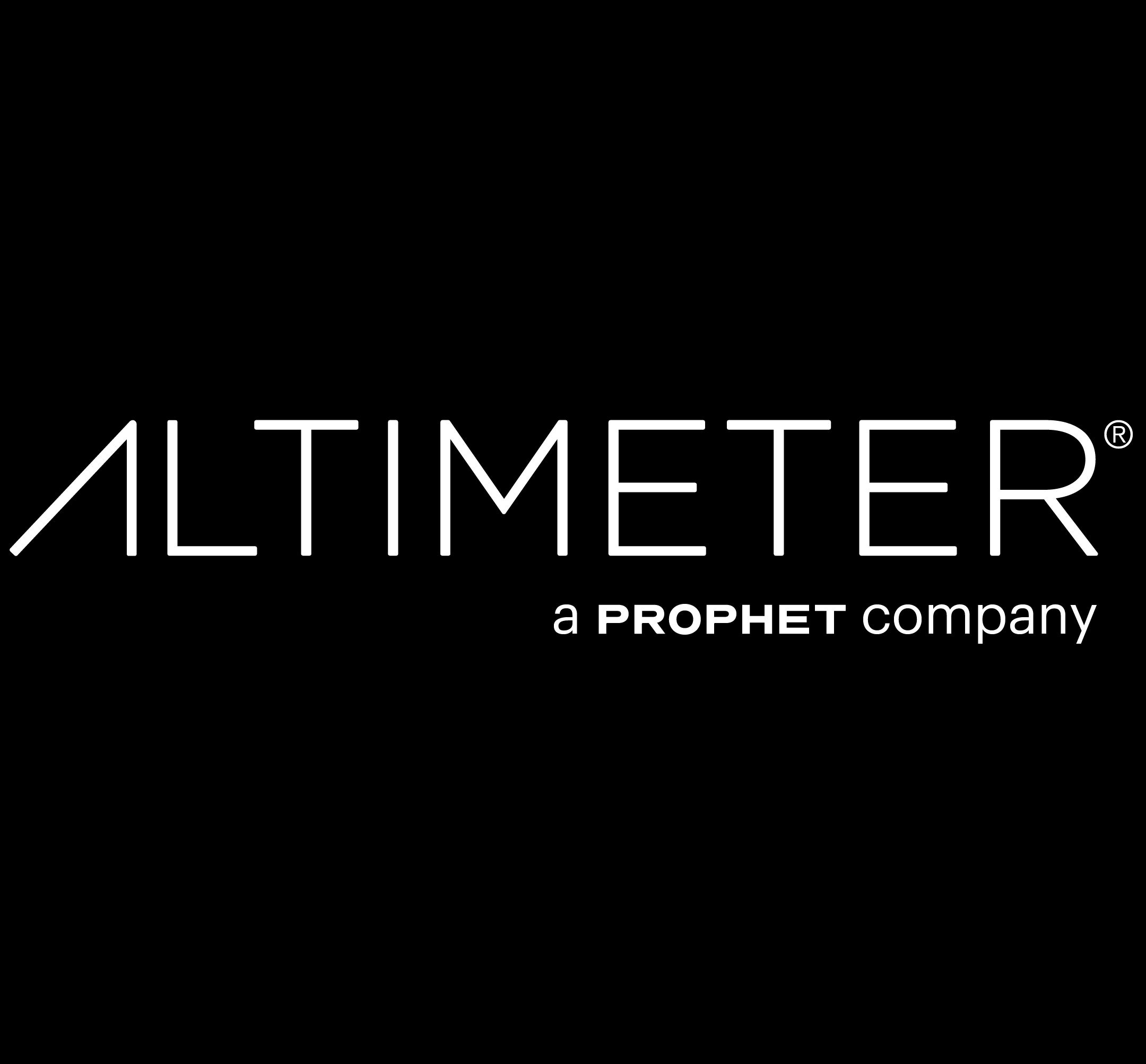BLOG
7 Brand-Customer Relationships that Create Loyalty
Love, passion, nostalgia and even intimacy can all deepen the connection consumers feel about favorite brands.
A key to building segments with high loyalty is to create brand relationships that have traction and meaning. To understand relationships, it’s useful to recall the classic work of Susan Fornier going way back to her dissertation in the mid-90s in which she used human relationships as a metaphor for brand relationships. She examined the work of psychologists who studied the nature of relationships and the characteristics of ideal relationships. Drawing in part on this body of work plus her own consumer research, she identified seven types of relationships that are important to understand and had intriguing insights into how brand-customer relationships should be conceived, measured and managed.
These dimensions provide lessons on brand loyalty but come at it from different perspectives. A brand can use them to understand the nature of their customer relationships and how they might expand and deepen them. The two statements associated with each dimensions provide texture and items for a measurement scale.
The Seven Dimensions of Brand Loyalty
Behavioral interdependence
The degree to which the actions of the relationship partners are intertwined. Indicators are the frequency of interaction and the importance of and involvement in the use occasion.
- This brand plays an important role in my life.
- I feel like something’s missing when I haven’t used the brand in a while.
Personal commitment
The partners are committed to each other. There is a desire to improve or maintain the quality of the relationship over time and guilt when it is compromised.
- I feel very loyal to this brand.
- I will stay with this brand through good times and bad.
Love and passion
The intensity of emotional bonds between the partners, the inability to tolerate separation, and the reflection of love and passion that exist. In brand relationships, customers can develop passionate links to brands. Substitutes create discomfort.
- No other brand can quite take the place of this brand.
- I would be very upset if I couldn’t find this brand.
Nostalgic connection
The relationship is based in part on the memory of good times.
- This brand reminds me of things I’ve done or places I’ve been.
- This brand will always remind me of a particular phase of my life.
Self-concept connection
The partners share common interests, activities and opinions. The brand reflects the interests and activities of the person.
- The brand’s and my self-image are similar.
- The brand reminds me of who I am.
Intimacy
A deep understanding exists between partners. The consumer will achieve intimacy by knowing details about the brand and its use. One-on-one marketing programs enhance intimacy by fostering mutual understanding.
- I know a lot about this brand.
- I know a lot about the company that makes this brand.
Partner quality
The evaluation by one partner of the performance and attitude of the other. The evaluation by the consumer of the brand’s attitude toward the consumer.
- I know this brand really appreciates me.
- This brand treats me like a valued customer.
“These dimensions provide lessons on brand loyalty but come at it from different perspectives.”
Read it in Chinese: 7种可以提高忠诚度的客户-品牌关系
FINAL THOUGHTS
It is unlikely that a brand will need or want to gain superiority on all the dimensions. There will be a need to focus. But keeping the larger picture in mind provides more fundamental understanding of the all-important relationship concept.


